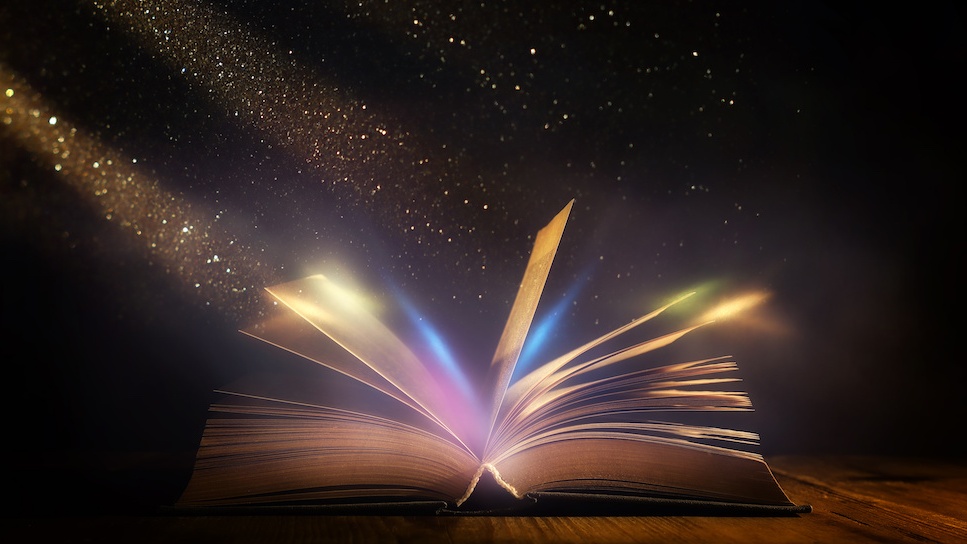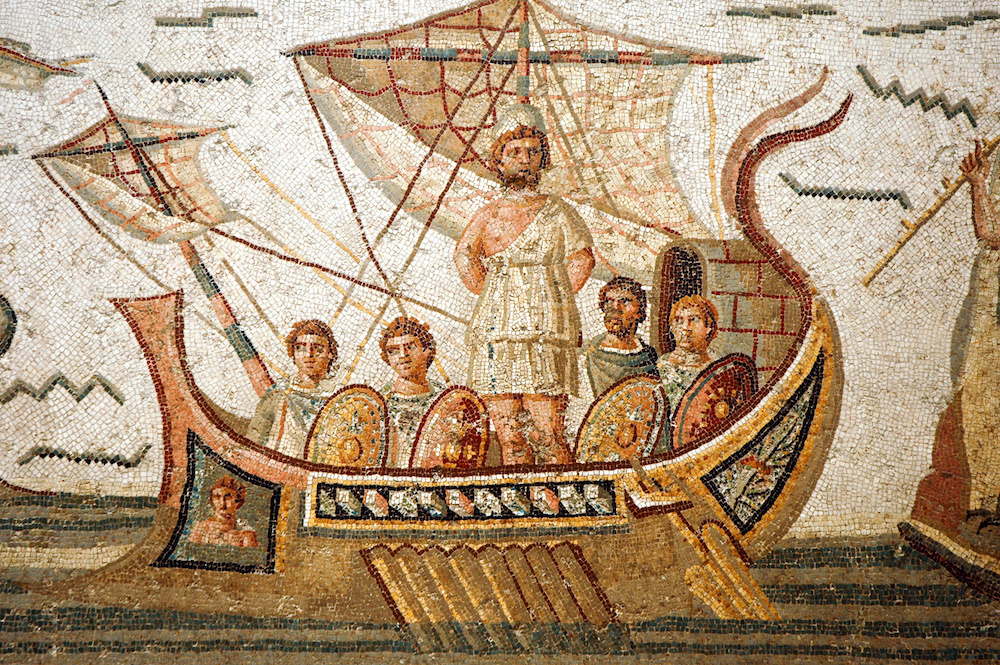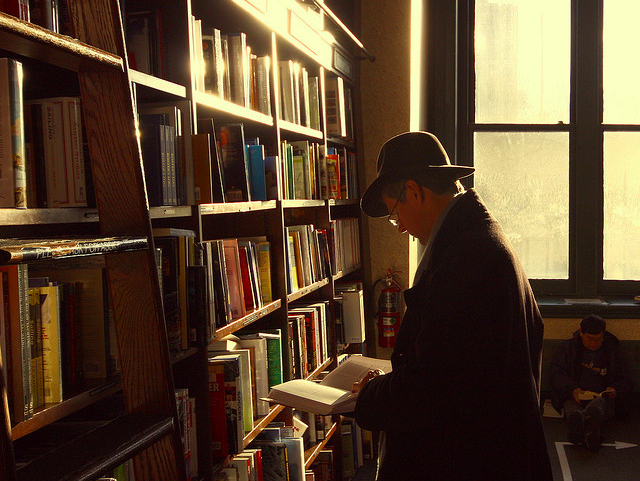10 must-read classic books for beginners

- Classical literature constitutes a notable piece of work that has enduring quality over the years.
- The ranks of classics encompasses a small number of works over many languages.
- These 10 works are accessible and timeless.
Classic literature isn’t usually on a leisure reader’s list. Classics tend to evoke views of dusty tomes, unapproachable texts or mere ornaments in some ersatz library. Mention to someone that you’re reading Moby Dick, Brave New World, or some other renowned classic and you’re sure to get lamentations of their experience reading said book in school.
Largely wasted on high schoolers with no true life experience and in extended adolescence through college, the classics remain for many an untapped source for growth, knowledge and generally just a good read.
Many of these novels are genuinely hilarious, thought-provoking and have commentary you wouldn’t expect coming out of time periods sometimes decades, centuries, or even millennia prior to our modern-day world.
This is by no means a definitive list. Classics abound in many genres and eras. You could spend your whole life reading just the Latin and ancient Greek great works or tumbling through the golden age reservoir of seminal science fiction works for that matter. Merely picking up one of these books will get you started reading something of the classic variety. And the best part is, it’s all on your own volition this time!
Here are 10 classic novels that will hopefully begin you on a never-ending journey into the heart-soul of literary excellence.
Ernest Hemingway once remarked on Huckleberry Finn that: “All modern American literature comes from one book by Mark Twain called Huckleberry Finn. American writing comes from that. There was nothing before. There has been nothing as good since.”
The Adventures of Huckleberry Finn by Mark Twain
Twain’s tour de force and most famous novel delves into a number of issues. Exploring racism, war, religion and so much more, the book is Americana canon. It’s no stretch to say Huckleberry Finn is synonymous with American literature. Following an orphan boy and runaway slave in the Southern United States, Twain delved into the heart of so many important moral issues. With many poetic descriptions and the allure of once being a banned and censored book, Huckleberry Finn is a foundational classic.
Wuthering Heights by Emily Bronte
Published just a year after Emily Brontë’s death, Wuthering Heights would go on to become the archetype of the doomed romance. Continuing and ascending past the dark prince himself, Lord Byron, Brontë weaved a tremendous classic in the Gothic strain of literature. The tormented love and grief between Heathcliff and Catherine Earnshaw has become a model for many great works since.
Written during the Victorian era, the characters and authorship of this book explores behavior that would have certainly made a Victorian blush to say the least. Brontë created an eerie and obsessive love story that transcended its time and genre.
Moby Dick by Herman Melville
Written with hilarious wit, Moby Dick is a profound meditation on the human condition. Filled with 19th century whaling lore and other periodic cultural artifacts and customs, Herman Melville’s epic is unmatched. The prose is dense, allusive and cunningly archaic. Moby Dick isn’t a book to be read, it’s an experience to be had. Don’t let any detractors stop you from diving in because of the supposed tediousness of whaling chapters. Within the never-ending treatises on whaling lines, cetology rambles and minute observations, there are sparkling lines of philosophical observations and timeless humor.
Jane Eyre by Charlotte Bronte
Literary excellence seemed to run in the Brontë family. Jane Eyre was an incredible breakthrough for an English novel at the time. Right away, the reader is brought into a very personal account of the story. Many literary critics believe that it is a forerunner for novels that heavily invest us into the internal monologues and consciousness of the character as the main prose point. Jane Eyre has all the workings of a Victorian novel as the romance between Jane and Rochester is told through an enchanting Gothic element.

Pride and Prejudice by Jane Austen
Pride and Prejudice centers around a family with five unmarried daughters and their familial estate has been promised over to a male line descendant of the family. When the appearance of a rich Mr. Darcy comes to town, the action commences and we’re left with this wonderful tale.
“It is a truth universally acknowledged, that a single man in possession of a good fortune, must be in want of a wife. However little known the feelings or views of such a man may be on his first entering a neighbourhood, this truth is so well fixed in the minds of the surrounding families, that he is considered the rightful property of some one or other of their daughters.”
Colin Firth and the many excellent and so-so adaptations of this book aside, Pride and Prejudice proves to be a literary masterpiece.
Frankenstein by Mary Shelley
Just 18 years old at the time of writing this novel, Mary Shelley was in quite the literary posse at the time. As the infamous story goes, she wrote the book on a bet with a number of renowned literati greats. She most definitely won that bet. Both a Gothic thriller and cautionary tale on the unbounded powers of science, Frankenstein paved the way for generations of writers to come. Drawing on biblical references such as the 16th-century Jewish Golem, in Frankenstein, Shelley shows her writing prowess and historical knowledge.
Don Quixote by Miguel de Cervantes Saavedra
A book of impassioned fancy and fantasy, Spanish author Miguel de Cervantes Saavedra, told quite the modern tale through Don Quixote. The real and illusory are blended and mixed to perfection. Don Quixote has had an enormous effect on many writers through the years. William Faulkner once remarked he would reread it once a year, quipping that he’d read it, “just as some people read the Bible.”
Homer’s The Odyssey
An outlier in our list of classics, The Odyssey deserves a special mention. Regarded by many to be the first novel of all time, this Greek oration withstood the test of thousands of years. It is the quintessential epic saga. All great works must pay their dues to the original. Lattimore’s translation is what brought this book to a contemporary world audience. Technically spoken (or written) as a long-form poem, The Odyssey is a great and thrilling read after all of these years.

To Kill a Mockingbird by Harper Lee
An unforgettable novel that is an easy read for many just getting into the classics. By no means a light-hearted book, To Kill a Mockingbird deals with some heavy themes like racial inequality, rape and moral ethics. Harper Lee’s inaugural novel was an instant bestseller and award winning book. It won the Pulitzer Prize in 1961 after being published in 1960. There was later a thrilling adaptation and equally compelling classic film made a few years later – a rarity when it comes to some of the classics.
1984 by George Orwell
One of the most important works of the 20th century, 1984 brought many words into the cultural vernacular. Big Brother, doublespeak and the infamous slogan of War is Peace. George Orwell’s masterpiece only grows more haunting and relevant as we move into the future. Political satire was never meant to be this real.
As our main character Winston Smith loses himself in the bureaucratic nightmare of Ingsoc, we look on in horror and disdain. Yet, taking a look around our world today when despotic regimes are implementing social capital systems, and the politics of the English language degrades in so many ways, 1984 starts to take on a disconcerting prescience.
This article was originally published on Big Think in January 2019. It was updated in May 2022.





